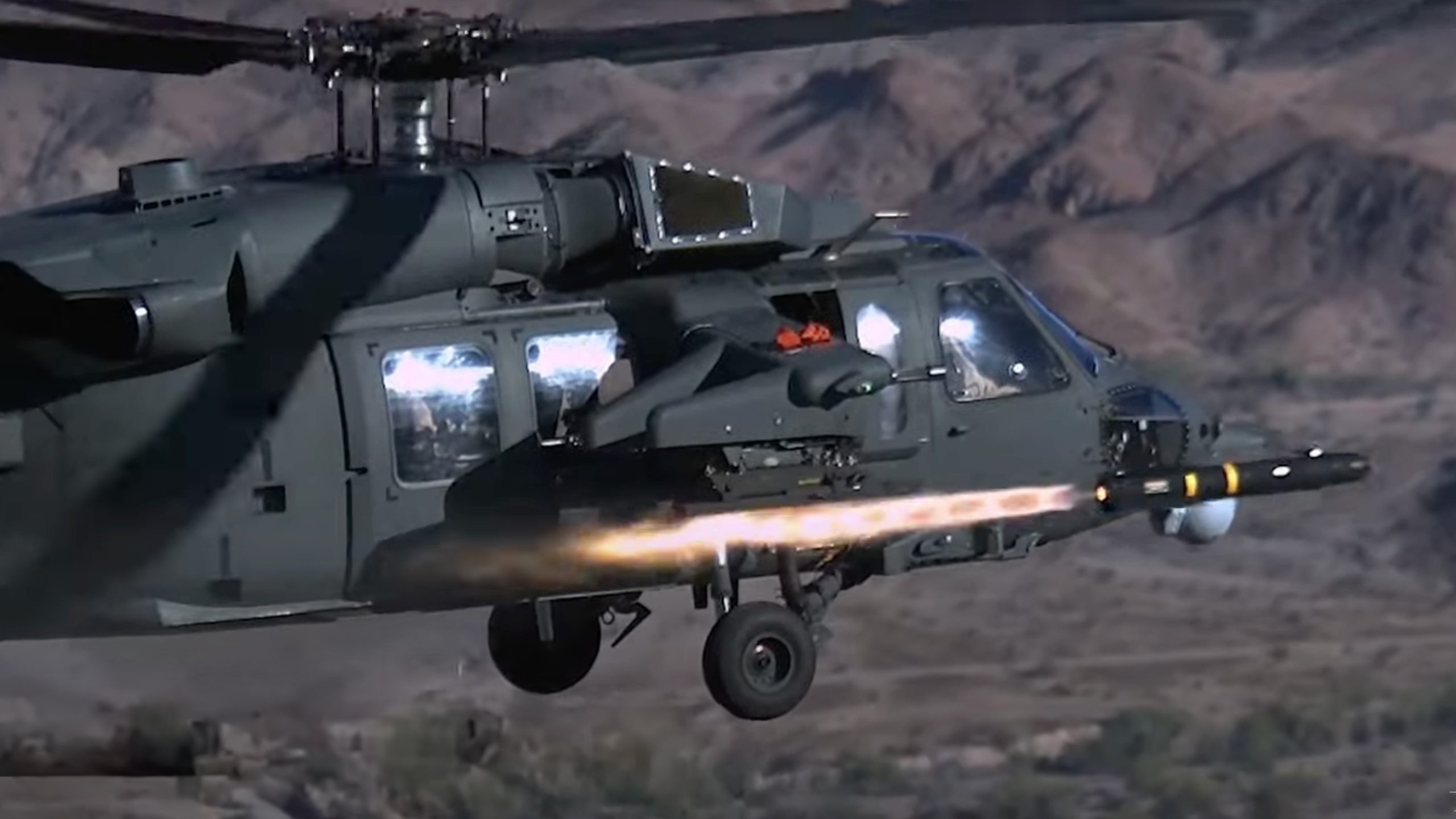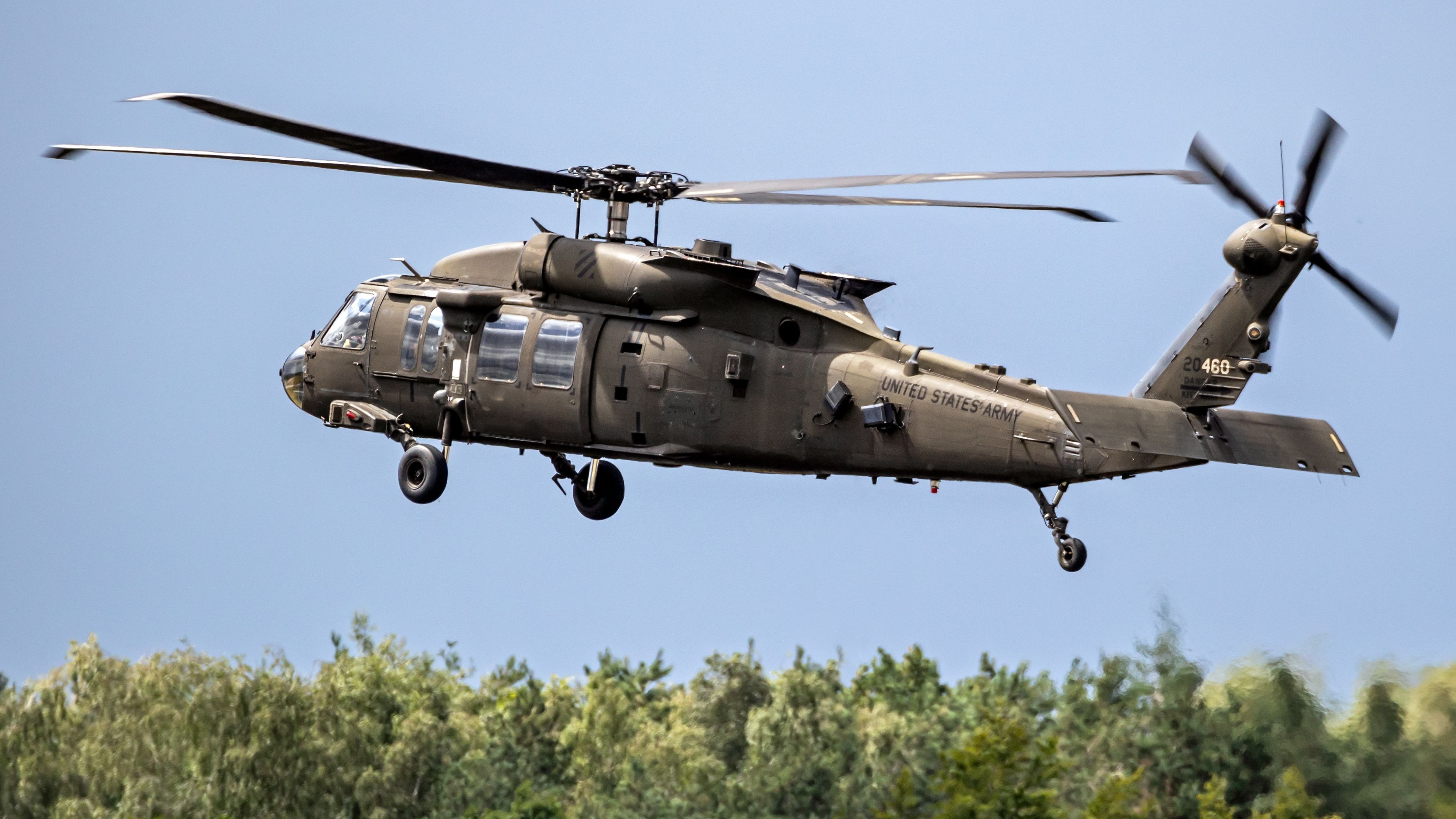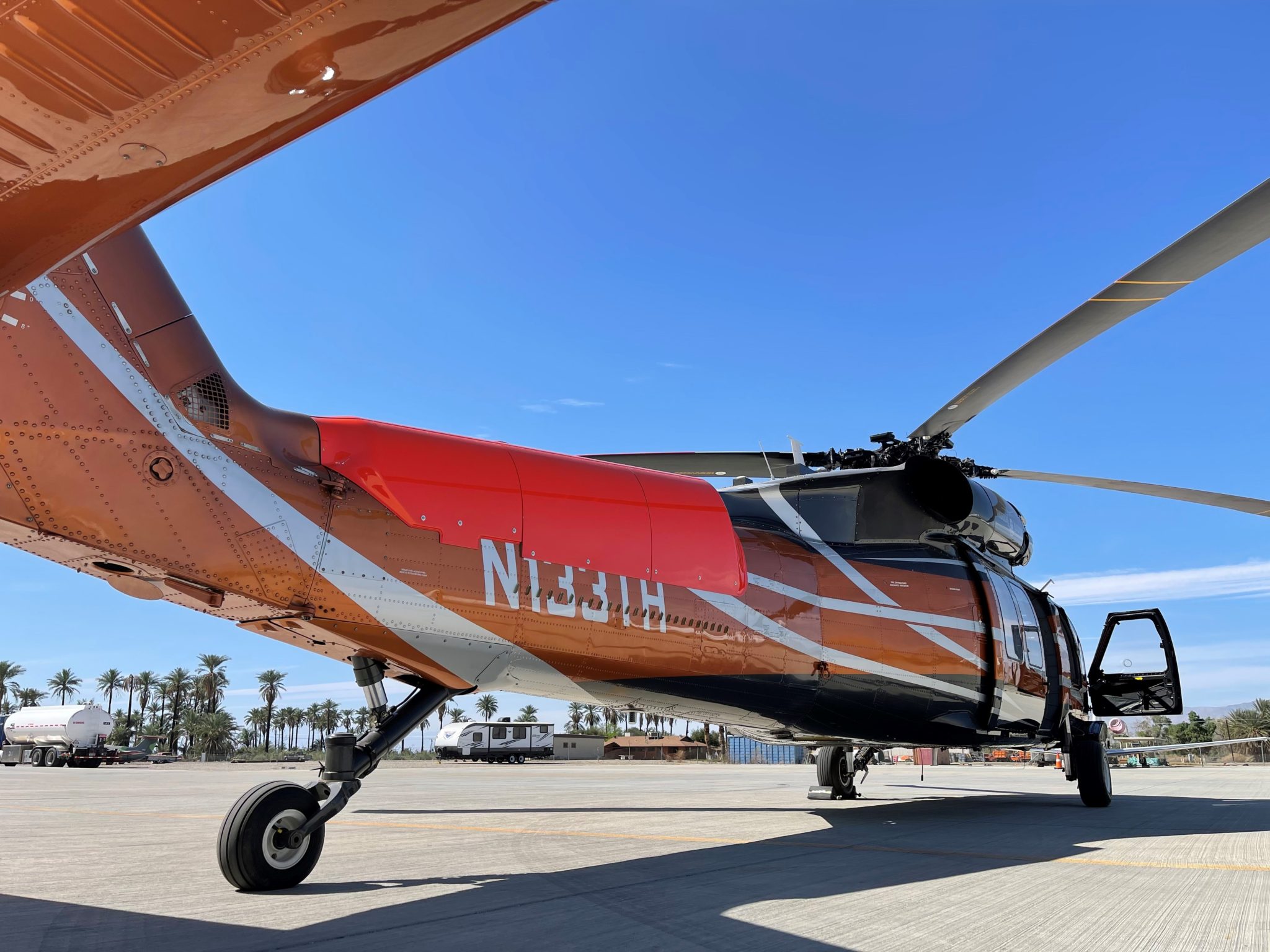Exploring the Background and Evolution of the UH 60 Helicopter

Origins of the UH-60
The beginnings of the UH-60 helicopter can be traced back to the late 1960s, a period noted by the need for a functional energy aircraft that can adjust to the advancing demands of modern-day warfare. The U.S. Army identified the requirement for a replacement for the older UH-1 Iroquois, which was coming to be significantly poor for the complexities of contemporary battle circumstances. In 1967, the Army started the Utility Tactical Transportation Airplane System (UTTAS) program, which looked for to establish a multi-role helicopter with the ability of numerous goals, consisting of army transport, clinical evacuation, and logistical support.
The UH-60 Black Hawk was presented, showcasing innovative design components and progressed innovation that established it apart from its predecessors. The UH-60 quickly acquired recognition for its robust efficiency, reliability, and versatility, leading the method for its considerable usage in armed forces operations and strengthening its condition as a cornerstone of U.S. Army air travel.
Key Layout Features
Ingenious style features of the UH-60 Black Hawk considerably add to its operational effectiveness. One of the most notable elements is its twin-engine arrangement, which improves reliability and provides a higher power-to-weight proportion, enabling the helicopter to perform under various problems. The airplane's four-blade major rotor system uses boosted lift and ability to move, necessary for tactical missions.

Additionally, the cabin is designed for optimal visibility and ergonomics, featuring innovative avionics that improve pilot operations. The modular design of the UH-60 enables for very easy maintenance and versatility, making it appropriate for different objective profiles, from army transport to medevac operations. These crucial layout features ensure that the UH-60 Black Hawk remains a trusted and versatile asset in army air travel, efficient in meeting the demands of modern war.
Technical Developments
Current technical innovations in the UH-60 Black Hawk have substantially boosted its functional capacities and adaptability. The assimilation of advanced avionics, such as electronic flight control systems and improved situational understanding display screens, allows pilots to operate with raised precision and efficiency. These systems assist in enhanced navigating, communication, and data sharing, allowing the helicopter to work successfully in varied settings.
Additionally, the introduction of composite materials has minimized the total weight of the airplane while keeping architectural stability. This decrease boosts gas effectiveness and extends functional array. The unification of innovative blades innovation, consisting of using four-blade, totally expressed blades systems, has actually boosted lift efficiency and ability to move, enabling far better handling in different flight problems.

Additionally, innovations in propulsion systems, such as the T700-GE-701D engines, have actually boosted power result and integrity - uh 60. These engines add to exceptional performance in hot-weather and high-altitude conditions
Last but not least, the assimilation of self-defense systems and enhanced sensor bundles enhances the Black Hawk's survivability and objective performance. Jointly, these technical enhancements guarantee that the UH-60 Black Hawk remains a vital possession in modern-day air travel, capable of adjusting to the advancing needs of altruistic and armed forces missions.
Role in Military Procedures
As the backbone of united state Army aviation, the UH-60 helicopter plays a vital role in different military procedures, functioning as a flexible system for combat assistance, transportation, and medevac missions - uh 60. Its style includes the ability to operate in varied environments, making it crucial for troop movement and logistical support in both conventional and unique war

In clinical discharge situations, the UH-60 has shown important, considerably reducing the moment to transfer injured soldiers from the field of battle to medical centers. Its innovative avionics and night vision abilities further make certain objective success under challenging conditions. In general, the read the full info here UH-60 helicopter remains an essential property, continuously adapting to meet the advancing demands of armed forces procedures and boosting the efficiency of U.S. forces worldwide.
Future of the UH-60
Looking in advance, the future of the UH-60 helicopter includes substantial advancements in modern technology and abilities made to enhance its operational efficiency. As army operations develop, the UH-60 is anticipated to incorporate sophisticated innovations, including enhanced avionics, enhanced weapons systems, and progressed interaction tools. These enhancements will permit for greater situational understanding and objective adaptability, making certain that the UH-60 remains a crucial property on the battleground.
One noteworthy advancement is i thought about this the assimilation of fly-by-wire systems, which will certainly boost flight control accuracy and reduce pilot workload. Initiatives to upgrade the airframe and engines aim to boost range, payload, and rate ability, therefore expanding the helicopter's operational range.
The future also holds guarantee for enhanced interoperability with unmanned airborne systems (UAS), allowing collaborated goals that utilize both manned and unmanned abilities. In addition, the consolidation of expert system and artificial intelligence might enhance trip dynamics and maintenance processes, leading to decreased functional costs.
Conclusion
The UH-60 Black Hawk helicopter stands for a substantial accomplishment in army air travel, progressing from the U.S. Army's first demands for a functional energy airplane. Its innovative layout functions and constant technological developments have guaranteed its significance in various military procedures over the decades. As the needs of contemporary visit here warfare change, the future of the UH-60 will likely include further improvements and adaptations, enhancing its standing as a crucial asset for militaries worldwide.
The UH-60 Black Hawk helicopter represents a significant landmark in army air travel, arising from the U.S. Military's pursuit for a much more flexible and reputable energy airplane in the late 20th century.The origins of the UH-60 helicopter can be traced back to the late 1960s, a period marked by the requirement for a versatile energy airplane that could adapt to the developing demands of modern-day warfare. Overall, the UH-60 helicopter continues to be an important property, continuously adapting to fulfill the progressing demands of armed forces procedures and enhancing the effectiveness of United state pressures worldwide.
Looking ahead, the future of the UH-60 helicopter includes substantial innovations in innovation and capacities developed to improve its functional performance.The UH-60 Black Hawk helicopter stands for a significant accomplishment in army aeronautics, developing from the U.S. Military's preliminary needs for a functional utility airplane.
Comments on “Why the UH 60 Is Essential for Modern Armed Forces and Special Operations”